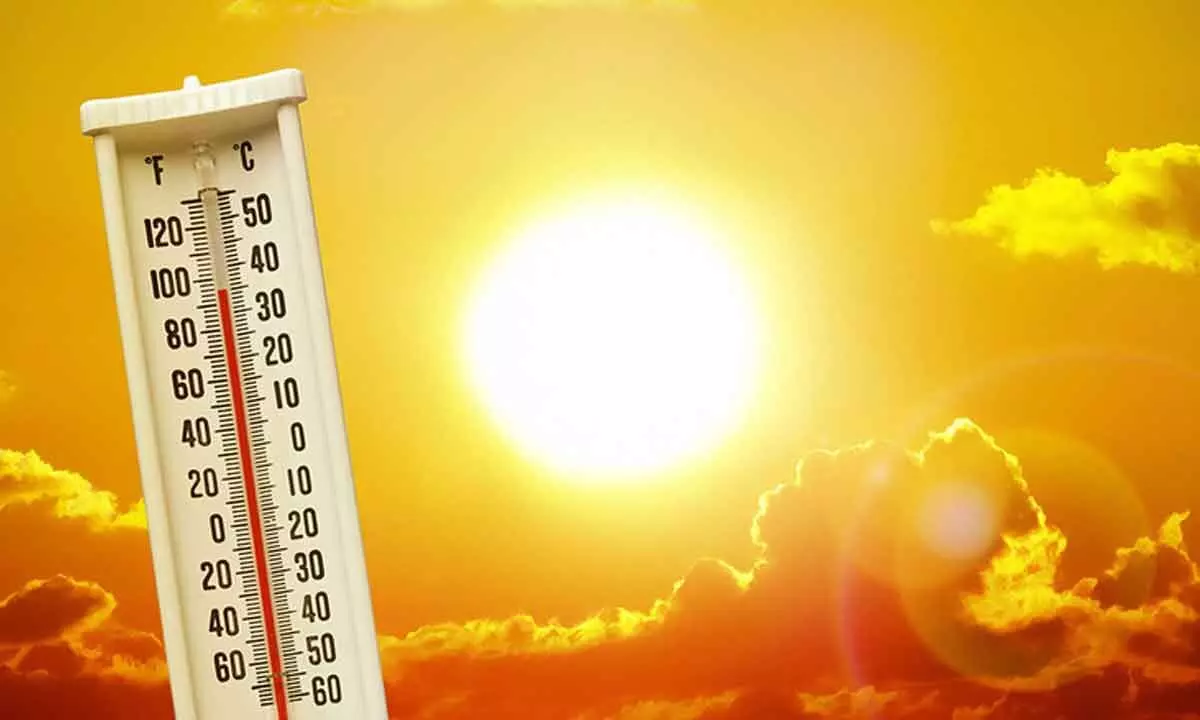Centre seeks heat wave protection for livestock
Directs States, UTs to take preventive measures to check heat-related illnesses of animals
image for illustrative purpose

New Delhi: The central government has issued an advisory for livestock in the event of the heat wave situation to all States and Union Territories (UTs). The advisory, issued by the Ministry of Fisheries Animal Husbandry & Dairying, has categorised heat stress severity into three levels: livestock alert, when the temperature is 23.9-25.6 degrees Celsius; livestock danger, 26.1-28.3 degrees Celsius; and livestock emergency, 28.9+ degrees Celsius.
Preventing heat-related illnesses of animals is paramount and largely achievable, the advisory said. The crucial intervention involves implementing appropriate prevention strategies and possessing a comprehensive understanding of effective preventive measures, first aid, and veterinary support.
Animals transitioning from cooler to hotter climates should be restricted from venturing outside during peak heat hours. It is essential to ensure they have access to abundant water. Acclimatization can be facilitated by gradually exposing them to the hot environment during heat waves, the advisory said.
The animals at high risk are: young animals; dark colored animals; sick animals with history of respiratory, kidney and liver diseases; newly shorn sheep; pregnant and lactating animals; heavy animals; and animals with high metabolic rates (example, high milk yielders) and low sweaters (pig, dogs).
The Union Ministry of Fisheries Animal Husbandry & Dairying has urged States to ensure that the animal owners are made aware of adverse effects of heat wave and wide publicity be given regarding the preventive measures. It has directed the animal husbandry departments (AHDs) in States to conduct mock drills to develop effective operational strategies tailored to local conditions and needs.
The advisory also asked AHDS to ensure adequate deployment of veterinarians and paravets in heat-prone areas, stock veterinary hospitals with essential supplies, activate mobile veterinary units for swift response, identify disposal sites for deceased animals, collaborate with other stakeholders and agencies for advanced preparedness, explore energy conservation measures and strategies to reduce indoor heat, administer deworming and vaccinations, and ensure nutritional support for animal owners, including Vitamin A and area-specific mineral mixtures.

